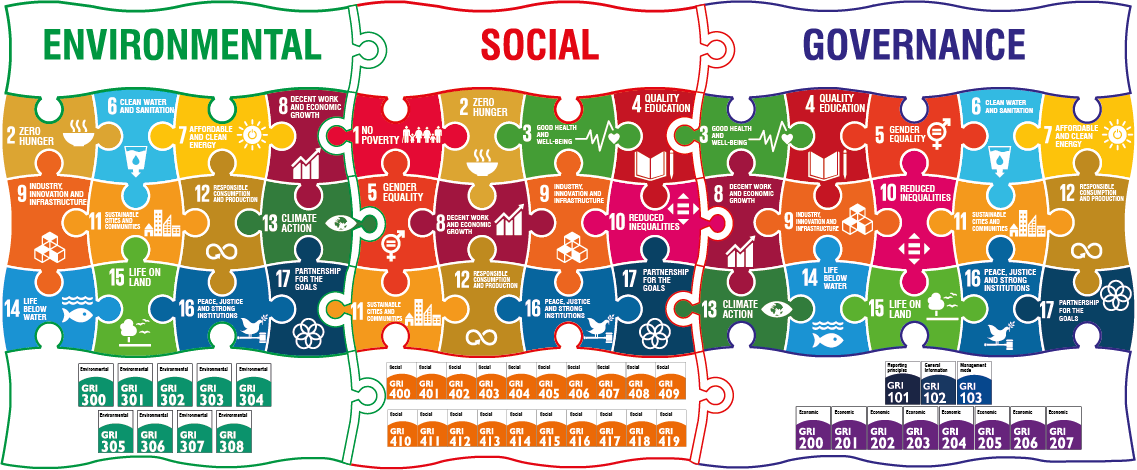
The sources involved in the evaluation process are:
The evaluation methodis based on two approaches fully linked between them:
The GRI standards allow you to follow guidelines to create reports of sustainable or social performance.
They consist of a modular and interdependent structure to best create economic, social and environmental reports.
The GRI standards represent the best guidelines for reporting sustainable performance reports (also called Social Report).
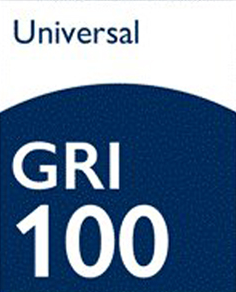
101 – Reporting principles
102 – General information
103 – Management mode
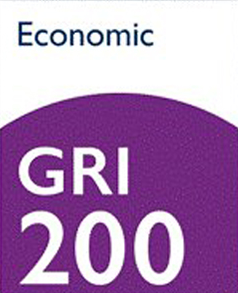
201 – Economic performance
202 – Market presence
203 – Indirect economic impacts
204 – Procurement practices
205 – Anti-corruption
206 – Anti-competitive behavior
207 – Tax
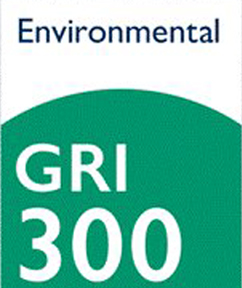
301 – Materials
302 – Energy
303 – Water and waste water
304 – Biodiversity
305 – Emissions
306 – Water discharges and waste
307 – Environmental compliance
308 – Environmental assessment of suppliers
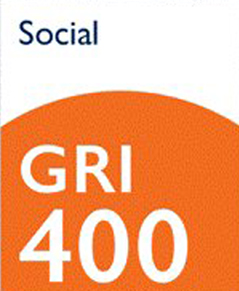
401 – Occupation
402 – Relations between workers and management
403 – Occupational health and safety
404 – Training and education
405 – Diversity and equal opportunities
406 – Non discrimination
407 – Freedom of association and collective bargaining
408 – Child labor
409 – Forced or compulsory labor
410 – Security practices
411 – Rights of indigenous peoples
412 – Evaluation of respect for human rights
413 – Local communities
414 – Social assessment of suppliers
415 – Public policy
416 – Customer health and safety
417 – Marketing and labeling
418 – Customer privacy
419 – Socio-economic compliance
Social Responsability and Governance
Ethical and Social Principles:

It is an English acronym that stands for Sustainable Development Goals (which we could translate as Sustainable Development Goals) and it can be said that they are more specific objectives than the more known ESG parameters, they can be seen as an extension of them.
In September 2015, representatives of 190 countries gathered at the United Nations to sign a common commitment to achieve well-defined objectives of development, well-being and environmental protection.
A real list of 17 points has been drawn up to be pursued by and beyond 2030:
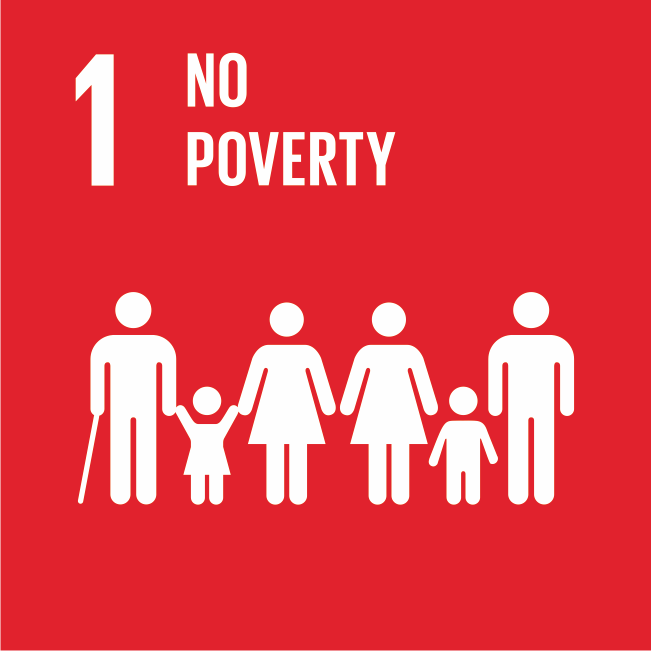
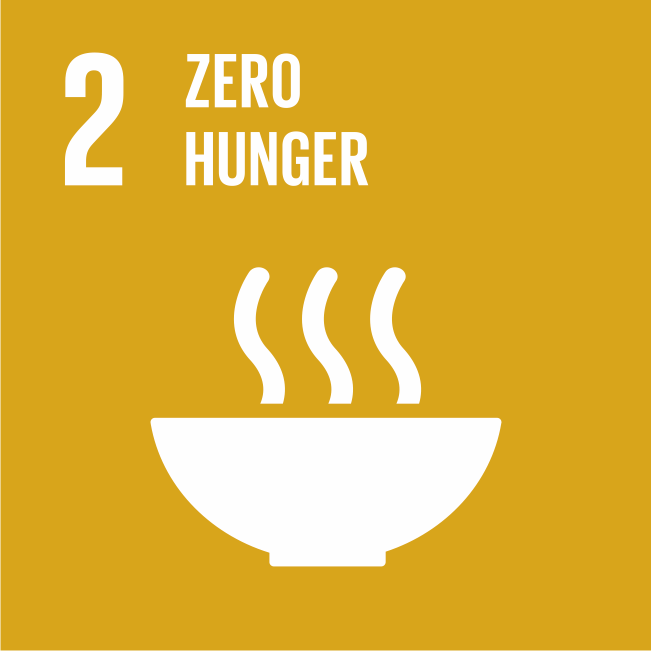
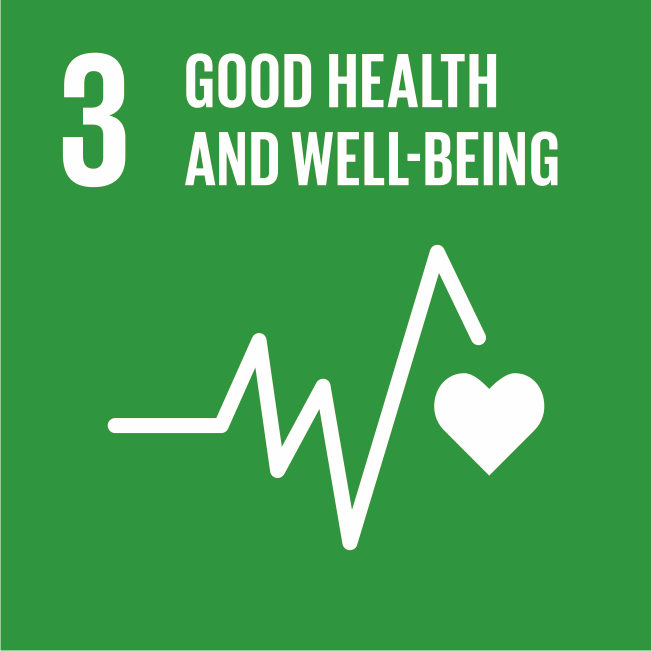
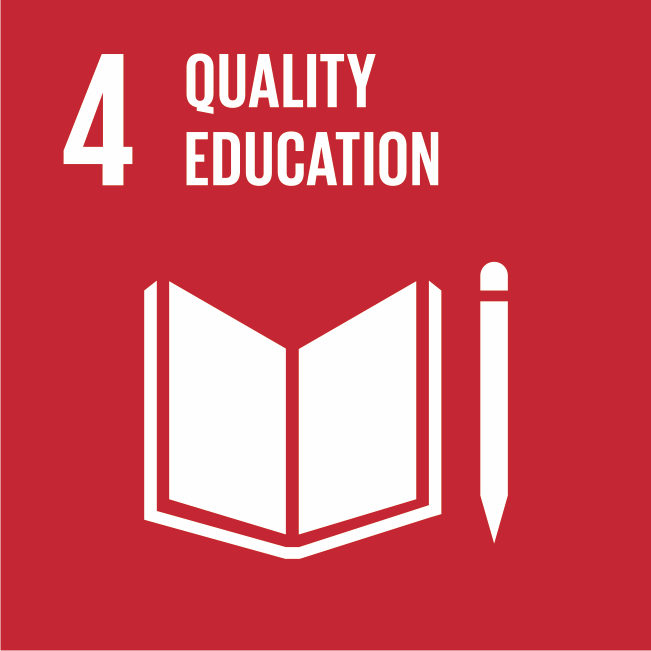

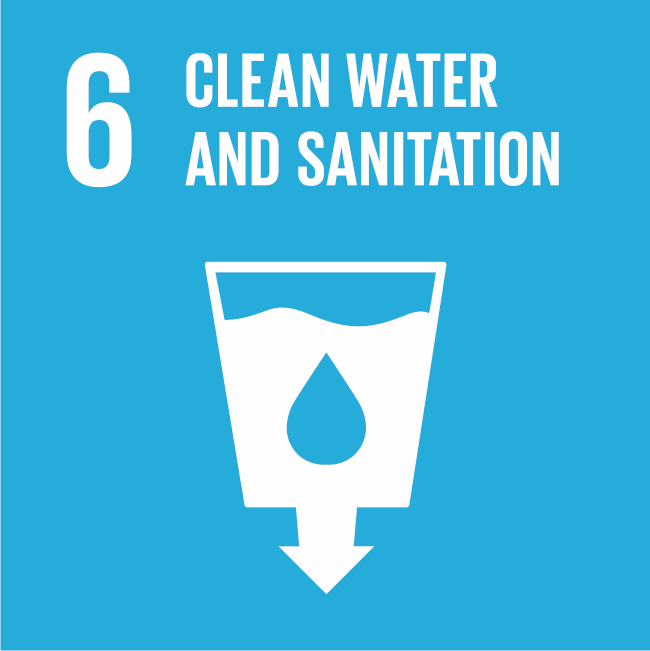
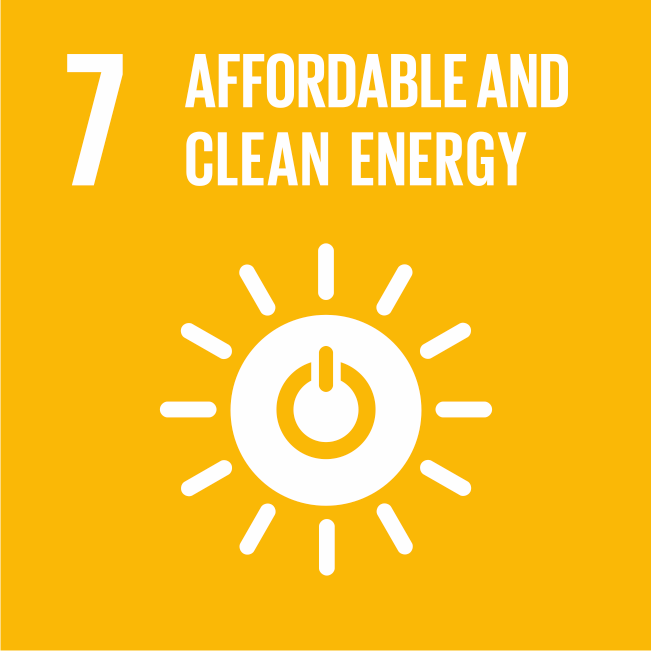
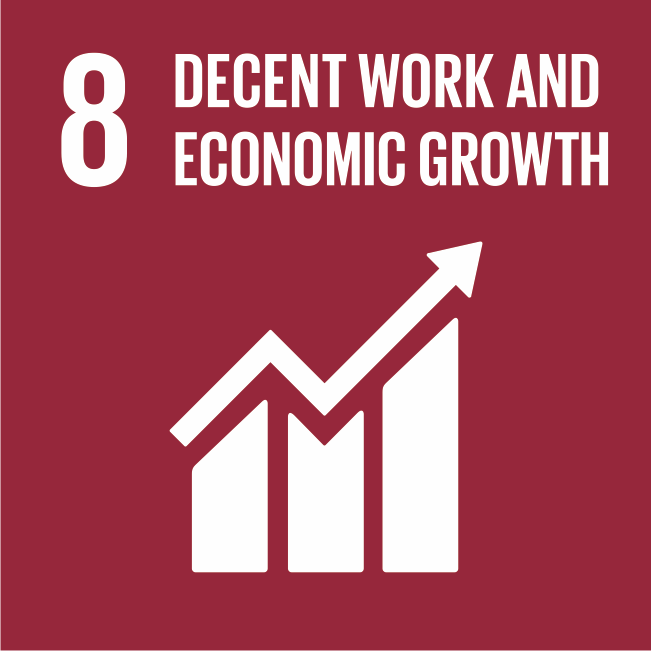
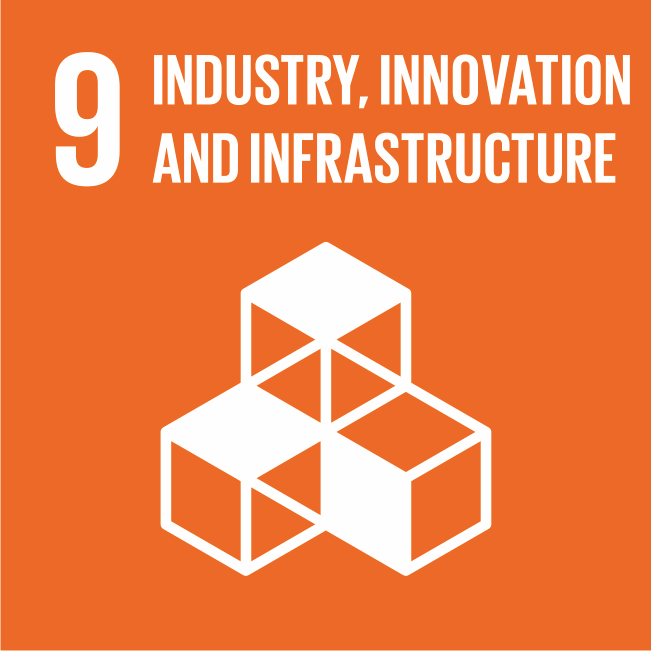
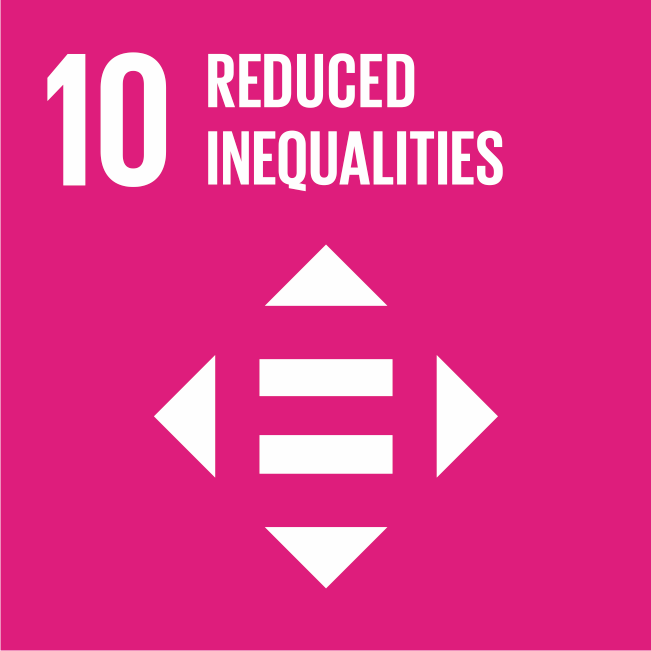
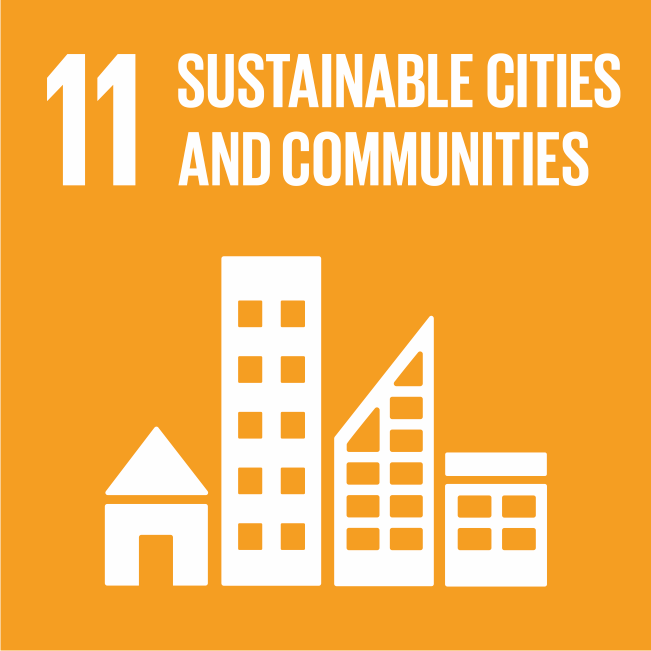
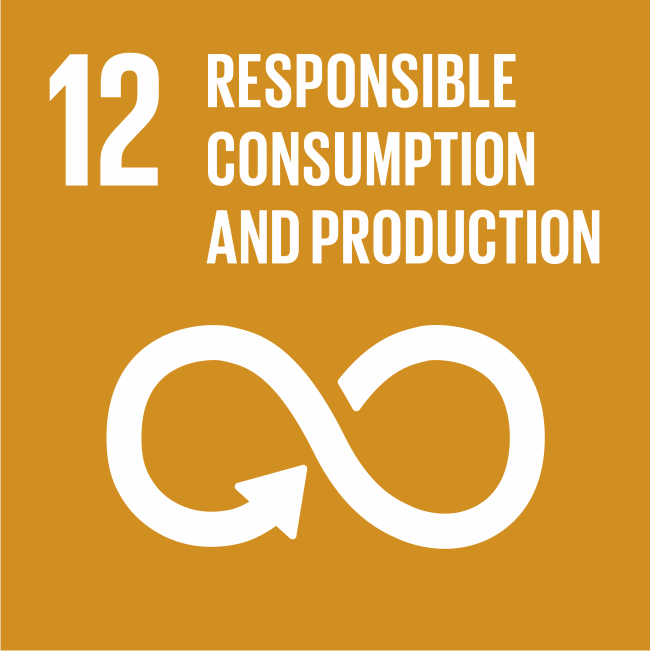
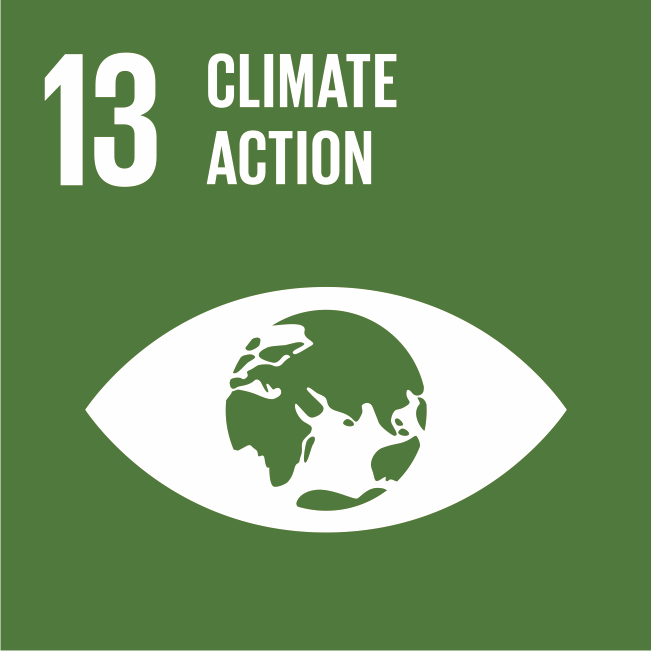
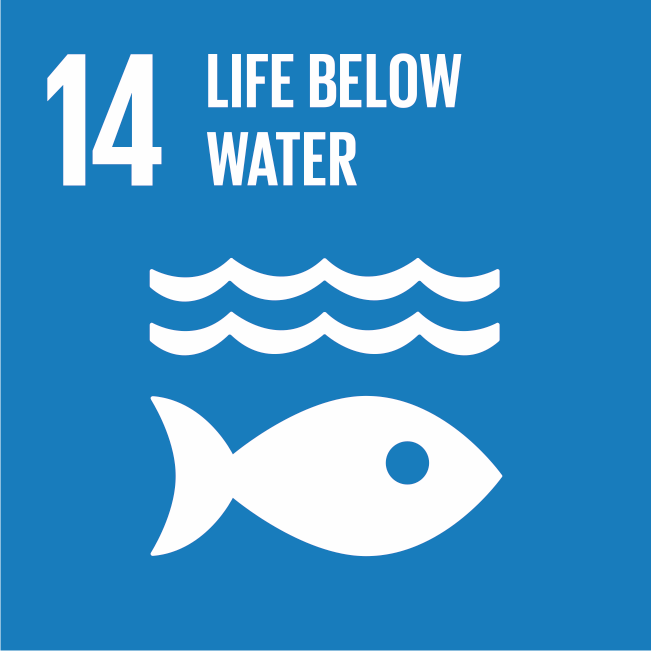
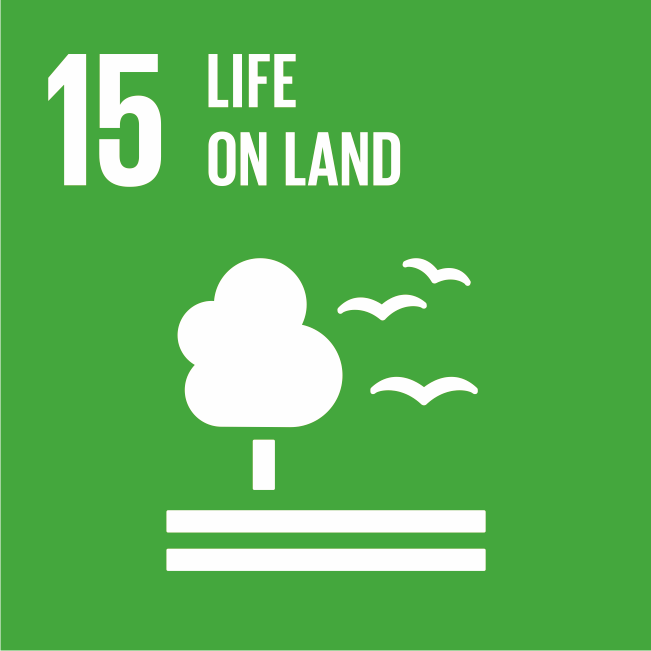
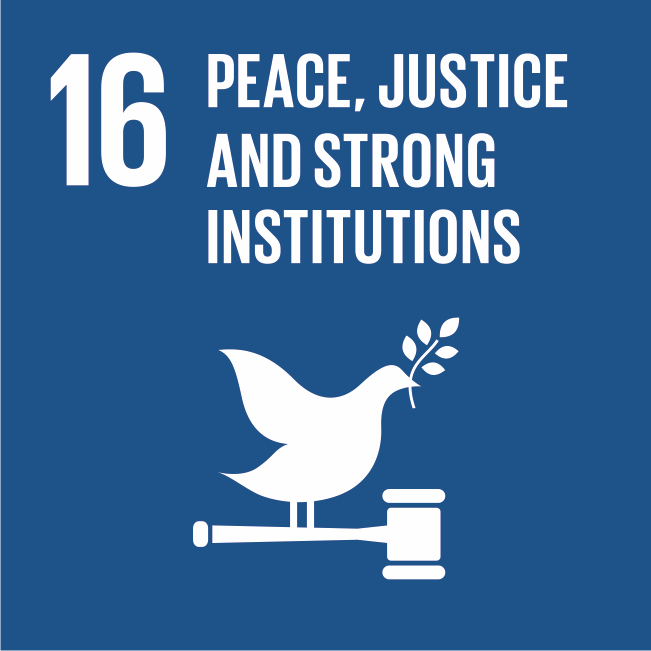
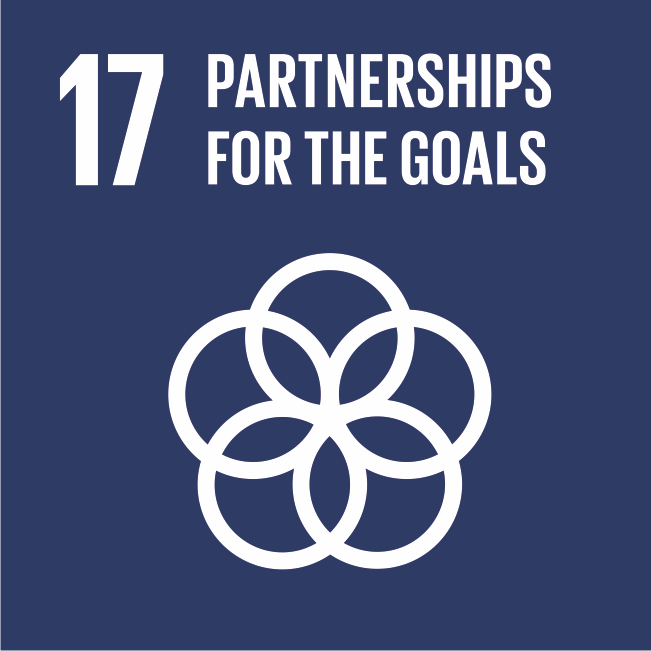
You will receive a certification plan
An on-site audit team will be appointed
Attribution of the Sustainability Rating by the Certification Committee
Issue of the Certificate with Sustainability Rating ESG – SRG 88088: 20